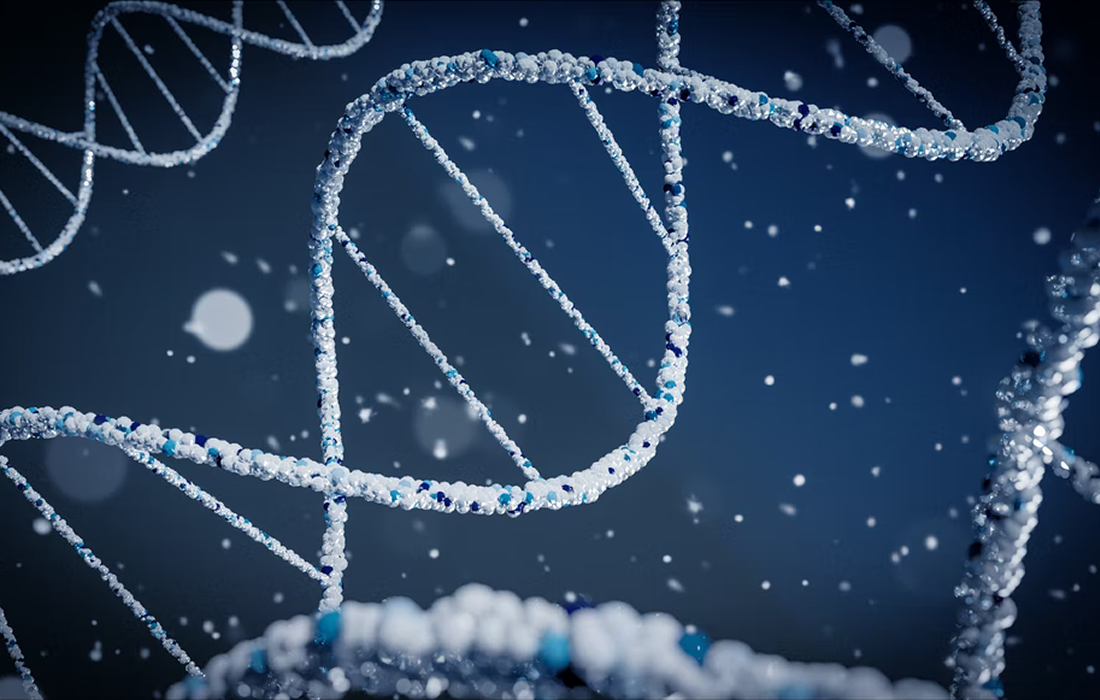Stem Cell Therapy for Specific Conditions
Strategies That Could be Use for Improving Therapeutic Efficacy of MSCs: Pre-Activation
In recent decades, mesenchymal stem cells (MSCs) in cell-based therapy have spanned across various diseases in experimental and clinical research worldwide, exhibiting therapeutic efficacy over conventional treatments due to their distinctive biological properties.
You can isolate them from perinatal tissues, such as the umbilical cord, umbilical cord blood and placenta, and multiple biological tissues in adults, including bone marrow, adipose tissue, muscle, and lung tissue.
These cells possess the potential for self-renewal and multilineage differentiation into adipocytes, muscles, chondrocytes, osteoblasts, and neuronal cells. They also exert immunomodulation, reparative, and regenerative effects through high paracrine activity.
Optimizing Stem Cell Therapy
Several strategies to optimize stem cells have been proposed. They are divided into two main categories, namely genetic modification and non-genetic modification (pre-activation).
In terms of genetic modification, MSCs will produce or overexpress functional genes that enable them to resist hostile microenvironment and apoptosis, increase migration and homing, and enhance their paracrine effects. However, safety is the greatest barrier to the future clinical therapeutic use of genetically modified MSCs.
MSCs can also be pre-activated to achieve the desired function and reverse their inactivation because they can recognize the stimuli in the microenvironment and remember them.
Physiological Microenvironment Simulation Pre-Activation
Maintaining the “youthfulness” of MSCs in vitro is very important. Stem cells live in specific areas of tissues, named stem cell niche. Excessive ex vivo manipulation can lead to senescence, decreased stemness, and impaired regenerative capacity. That is why it is incredibly important to expand the MSCs up to 5 generations only, otherwise, they start losing their potency.
Pre-activation with hypoxia
Normally in vitro culture conditions have an environment where the average oxygen tension is approximately 21%. However, they normally reside in a hypoxic microenvironment with physiological oxygen concentrations ranging from 1-11% in vivo.
Studies have shown that high oxygen concentration causes environmental stress in cultured MSCs and then induces DNA damage and senescence, decreasing their activity.
Hypoxic pre-activation has multiple beneficial effects on MSCs. For example, a hypoxic culture environment maintains undifferentiated states of MSCs. In addition, hypoxia facilitates the proliferation and survival of MSCs, leading to a higher expansion and more yield ASCs compared to the normoxic states (20% O2).
One example is that under hypoxia, the secretion of pro-angiogenic factors such as VEGF, HGF, and fibroblast growth factor-basic (bFGF) increased in MSCs. In contrast, anti-angiogenic factors such as thrombospondin-1 and plasminogen activator inhibitor-1 decreased in MSCs,
Numerous experimental studies found that MSCs pre-activated with hypoxia shows more prominent therapeutic effects than untreated MSCs.
Pre-activation with 3D culture
3D culture systems imitate the natural MSC microenvironment in vivo and provide enhanced cell-cell interactions or cell-ECM interactions, which can significantly improve the biological behaviors of MSCs, including proliferation, immune regulation, and committed differentiation.
Pre-activation of MSCs with inflammatory factors
The pre-activation with inflammatory factors and cytokines is considered the most common means to mimic the inflammatory microenvironment in vivo and plays a significant role in regulating the immunomodulatory function of stem cells.
- Pre-activation of MSCs with TNF-α: NF-α is expressed in ischemic and injured tissues and is commonly used to mimic the acute inflammatory environment. Pre-activation of gingival tissue-derived MSCs (GMSCs) with TNF-α enhanced exosomal CD73 expression, which was essential for inducing anti-inflammatory effects in macrophages.
MSCs primed with TNF-α accelerated local vascularization of the injured sites in the ischemic hindlimb and cutaneous wound via secretion of pro-angiogenic cytokines.
- Pre-activation of MSCs with interferon (IFN)-γ: In response to IFN-γ, MSCs had a distinctive immunosuppressive profile, with the increased expression of several anti-inflammatory factors such as HGF, TGF-β1, IDO, prostaglandins, and cyclooxygenase 2 (COX-2). The therapeutic potential of MSCs after IFN-γ pre-activation was significantly improved and demonstrated in models of CCl4-induced liver cirrhosis, obliterative bronchiolitis, and renal fibrosis.
- Pre-activation of MSCs with IL-1β: IL-1β pre-activation increases the expression of many adhesion molecules in MSCs, such as integrin LFA-1, thereby promoting adhesion, which facilitates MSC cross-endothelium and homing abilities.
Pre-activation of MSCs with growth factors or regenerative cytokines
Priming MSCs with growth factors or regenerative cytokines have recently emerged and have proved to be an appealing approach. Preactivating MSCs with a cocktail of growth factors revealed synergistic effects to enhance their biological function.
Studies evaluating the pre-activation of MSCs with growth factors in myocardial infarction models have shown a reduced infarct size and improved cardiac function compared to transplantation of untreated MSCs.
Conclusions
The use of pre-activated MSCs holds considerable promise for the treatment of various refractory diseases due to their tremendous regenerative potential. There is a growing consensus that pre-activated MSCs indeed exhibit better therapeutic benefits than naive MSCs in a variety of pathological conditions which could be used to enhance the properties of stem cell therapies in the future.
Source:
Li, M., Jiang, Y., Hou, Q. et al. Potential pre-activation strategies for improving therapeutic efficacy of mesenchymal stem cells: current status and future prospects. Stem Cell Res Ther 13, 146 (2022). https://doi.org/10.1186/s13287-022-02822-2
Images from:
Li, M., Jiang, Y., Hou, Q. et al. Potential pre-activation strategies for improving therapeutic efficacy of mesenchymal stem cells: current status and future prospects. Stem Cell Res Ther 13, 146 (2022). https://doi.org/10.1186/s13287-022-02822-2

